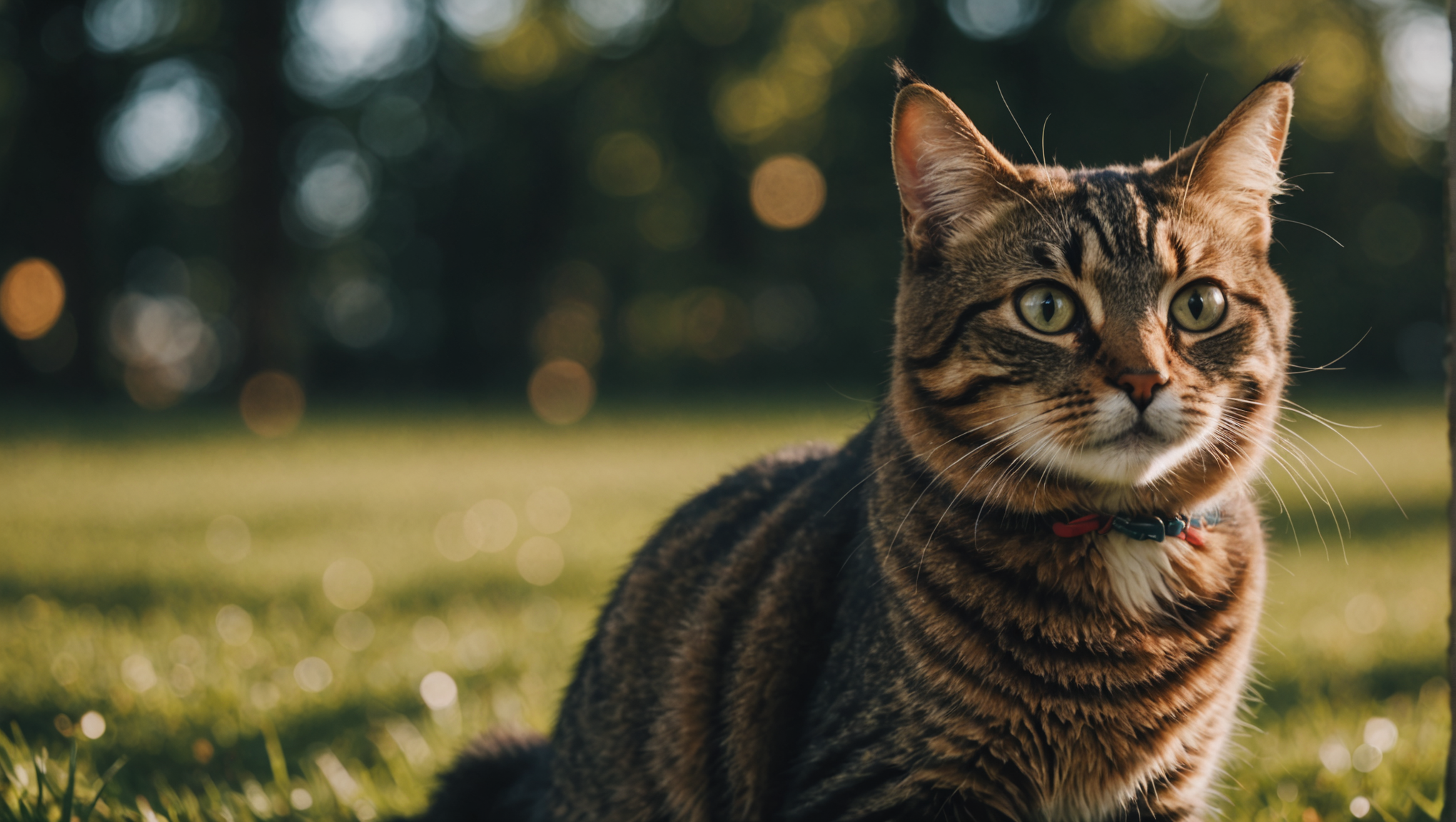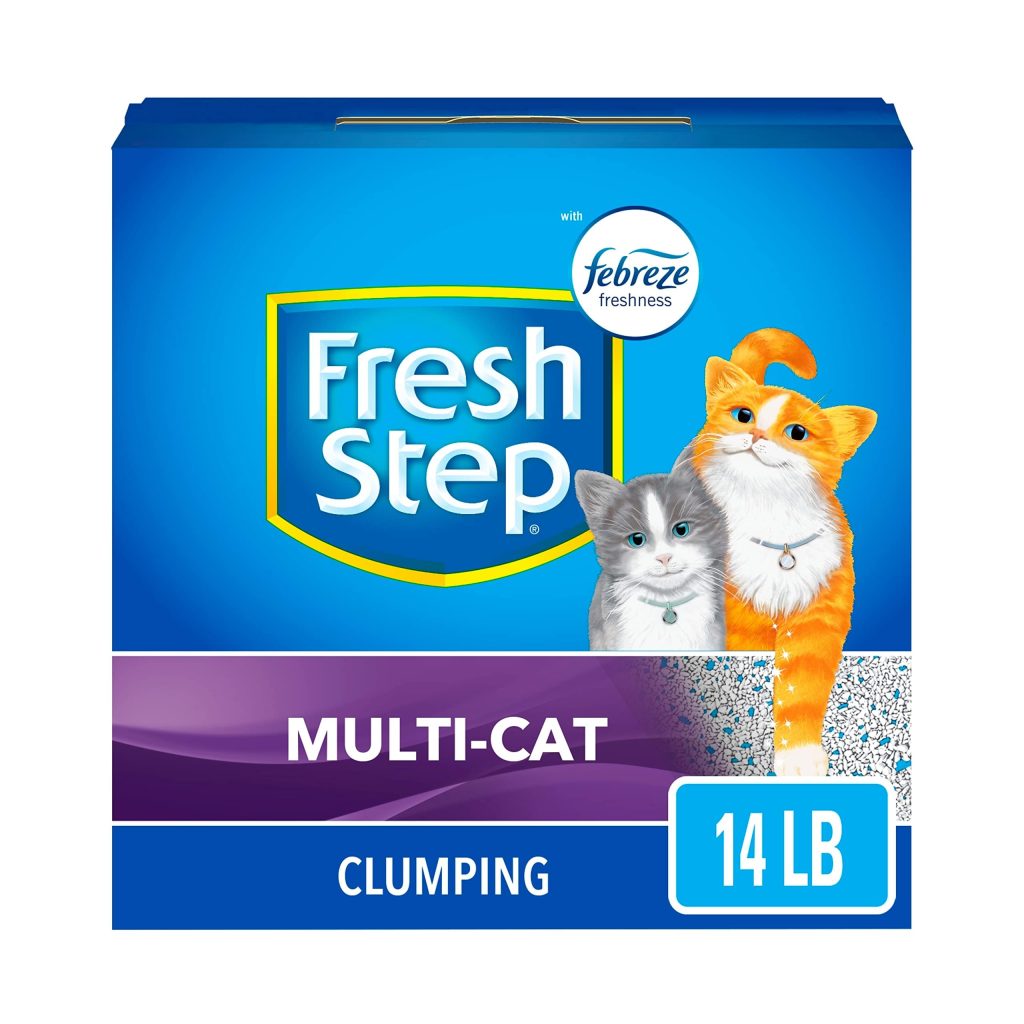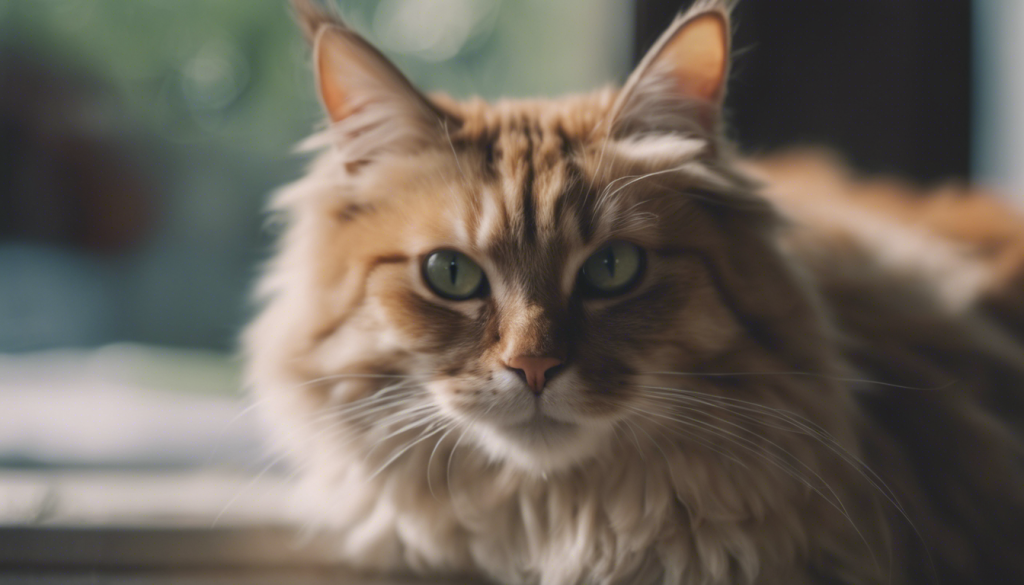
Understanding the intricacies of feline behavior is paramount for any cat owner aiming to cultivate a harmonious relationship with their feline companion. Cats, often enigmatic and elusive, communicate their thoughts, emotions, and intentions through a complex array of body language, vocalizations, and subtle behavioral cues. This innate expressiveness can be interpreted through keen observation and attentive interaction, illuminating the underlying motives that guide their actions.
Ponder the tail, an eloquent indicator of a cat’s emotional state; when held high, it signals confidence and contentment, while a lowered or puffed tail might suggest fear or agitation. Additionally, the positioning of the ears—rotating forward when curious or slightly sideways when on high alert—provides essential context to their current disposition. Coupled with their mesmerizing gaze, which harbors layers of meaning, observing these signals allows owners to better understand their cats’ feelings and reactions.
Moreover, feline behavior is deeply rooted in instinctual drives. Unlike their dogs, which have undergone significant domestication, cats retain many of the characteristics of their wild ancestors. This reconnection to their primal instincts often surfaces in their daily activities, turning simple play into reenactments of fierce hunting techniques. Within the confined spaces of our homes, a rolling ball or a string can trigger the same predatory excitement that their forbears experienced while stalking through nature’s underbrush.
“Cats are connoisseurs of comfort.” – James Herriot
This innate drive for exploration, coupled with their love for high vantage points, exemplifies their desire to survey their environment and assert their territory. Observing a cat perched on a windowsill, eyes fixated on the world outside, one cannot help but appreciate that they’re, at their essence, both hunters and guardians of their domain. Understanding this behavior fosters a deeper connection, as it reminds owners of the crucial need to provide stimulation and enrichment in their feline companions’ lives.
Furthermore, understanding feline behavior encompasses recognizing the significance of social interactions, both with humans and other pets. Merely cohabitating with a cat does not guarantee a bond; rather, it requires intentional engagement. Cats may exhibit affection through gentle head bumps or the slow blink—a gesture that conveys trust and affection, akin to a kiss in feline terms. By reciprocating these behaviors, owners can strengthen their relationship, fostering a dynamic that embraces mutual respect and affection.
Ultimately, the more one delves into the exquisitely layered sphere of feline behavior, the richer the relationship grows. Through a combination of observation and responsive interaction, you can traverse the boundaries of understanding, transforming your cat from a mere companion into a profound, understanding partner in the journey of life. Embracing this complexity allows for not just coexistence, but a shared experience filled with discovery and enjoyment, nourishing both human and feline soul alike.
The importance of play
Play serves as a pivotal cornerstone in the healthy development of our feline companions, functioning not merely as a leisure activity but rather as a critical means through which cats hone their inherent survival skills. Within the realm of play, cats engage in an intricate dance of pursuit and capture, mimicking vital predatory behaviors. This not only satisfies their natural instincts but also provides essential physical and mental stimulation, ultimately creating a balanced and lively cat.
When one observes a cat engrossed in play, darting after a feathered wand or pouncing upon a crumpled piece of paper, it becomes abundantly clear that these seemingly trivial activities are laden with purpose. Through play, cats refine their coordination and agility, while simultaneously practicing their techniques for stalking, chasing, and pouncing—skills that would have been crucial for survival in the wild. As Dr. John Bradshaw, an esteemed feline behaviorist, states, “Play is to cats what work is to humans.” It encapsulates both learning and joy, infusing their lives with vitality and excitement.
Additionally, playtime creates an invaluable opportunity for bonding between owner and cat, fostering trust and enhancing the human-animal relationship. Engaging with your cat through interactive toys or by initiating play sessions not only stimulates their natural instincts but also reinforces the attachment and affection that can blossom between them. This shared enjoyment provides a platform for communication and connection, wherein each pounce and leap is imbued with a sense of shared joy and mutual satisfaction.
However, the lack of appropriate play can lead to behavioral issues. Cats deprived of sufficient stimulation or engagement may resort to mischief or destructive behavior, such as scratching furniture or overly vocalizing. Conversely, a well-structured play routine can mitigate these tendencies, channeling energy into constructive outlets. Therefore, recognizing the significance of play is paramount, both for the cat’s well-being and the peace of the household.
Creating an enriching play environment transcends the mere provision of toys; it involves an understanding of a cat’s individual preferences and play styles. Some cats may exhibit a penchant for chasing fast-moving objects, reveling in the thrill of the chase, while others prefer stealthy ambushing tactics, showcasing their cleverness and ingenuity. Moreover, introducing a variety of toys—such as puzzle feeders that stimulate their problem-solving skills or toys that mimic the erratic movements of prey—can cater to their diverse interests.
- A feather wand, allowing for an interactive chase that sparks their attention and encourages them to leap and pounce.
- Laser pointers, providing an endless source of excitement as they pursue the elusive red dot, although it is essential to conclude the game with a tangible reward, such as a treat or toy, to ensure satisfaction.
- Soft plush mice or crumpled paper that charm to their instinct to hunt and capture, allowing cats to practice their predatory skills in a safe, controlled environment.
It’s important to note that play should not be forced; individual cats possess unique temperaments, with some favoring solo play while others thrive in interactive settings. Being attuned to these nuances equips cat owners with the insight needed to tailor their approach, cultivating an atmosphere that resonates with the cat’s individual preferences and encouraging a joyful and fulfilling play experience. The importance of modeling acceptable behaviors during play should not be overlooked; this acts as an important teaching phase where cats learn boundaries and appropriate expressions of their natural instincts.
In crafting a play routine that aligns with their intrinsic nature, owners foster an enriched environment that stands as a testament to the symbiotic relationship between human and feline. Through these shared moments of joy and exploration, both owner and cat have the opportunity to discover not just the pleasures of play, but also the depths of companionship and understanding that define their shared lives. Ultimately, embracing the importance of play paves the way for a profound connection, fostering not just well-adjusted cats, but also enriching the emotional fabric that binds us to our beloved companions.
Natural instincts in domestic cats
To fully appreciate the essence of domestic cats, one must delve into the fascinating tapestry of their natural instincts, which intricately weave the threads of their behaviors and interactions within our homes. While domesticated, cats retain an astonishing connection to their wild ancestry, exhibiting a spectrum of behaviors that echo their predatory heritage. These instincts, manifesting in various forms, not only define their actions but also play an important role in their communication, training potential, and the enrichment of the human-feline bond.
At the heart of every domestic cat lies the persistence of a hunter, driven by an instinctual desire to stalk, chase, and capture prey. This instinct is not solely an impulse for survival; rather, it’s a deeply ingrained behavioral pattern that shapes their interactions with their environment. For instance, a simple piece of string can ignite their inner wildness, prompting an exhilarating display of agility and focus as they engage in a mock hunt. Through such activities, cats engage in an evolutionary dance that enhances their physical dexterity and sharpens their cognitive skills, providing not only exercise but also an outlet for their natural inclinations.
Moreover, the profound understanding of these natural instincts allows cat owners to create environments that honor and stimulate their feline companions. Recognizing that many aspects of a cat’s home life should reflect their wild heritage encourages the integration of enriching elements—scratching posts, climbing structures, and interactive toys—that cater to their innate needs. As they navigate these spaces, cats employ a mixture of stealth and agility, satisfying their instincts while at once engaging in meaningful exploration.
The relevance of these instincts extends beyond mere play; they provide insights into how cats communicate. For example, the act of bringing a “gift” to their owner—a mouse, a bird, or even a crumpled up piece of paper—can be a demonstration of their affection, though it may also reflect their instinct to share in the spoils of a hunt. This behavior is often misunderstood as a misguided action, yet it reinforces the depth of the owner-cat relationship, where the cat feels the urge to demonstrate their prowess or charm to their human’s protective instincts.
“In your feline friend, you behold the spirit of a predator lurking in a lap warmer.”
Additionally, understanding the natural instincts of cats influences training techniques that can enhance both behavior and communication. Employing positive reinforcement methods that align with their hunting tendencies can lead to productive outcomes. For instance, using treats to reward desired behaviors—much like rewarding a successful hunt—can effectively motivate and train cats. By structuring training sessions around their predatory impulses, owners can channel their energy into learning, respect, and obedience, cultivating a harmonious dynamic that respects their instincts while fostering connection.
Communication is yet another arena influenced by these innate drives. Felines communicate their moods and intentions through a combination of vocalizations and body language, often mirroring their hunting instincts; for example, a cat may emit a series of soft chirps as they hone in on what they perceive as ‘prey.’ Understanding these signals not only enhances the human’s ability to respond appropriately but also strengthens the bond between cat and owner, as each interaction becomes meaningful and reflective of their intrinsic needs.
Ultimately, embracing the natural instincts of domestic cats leads to a richer, more fulfilling relationship between pet and owner. By fostering an environment that honors these instincts and encourages the expression of their natural behaviors, owners can usher in an era of exploration and engagement, wherein both parties thrive within a landscape marked by mutual respect and understanding. In this way, cats are not simply companions; they become partners in an ongoing dialogue where instincts are celebrated, and the shared journey between human and feline flourishes.
Tips for encouraging healthy hunting habits
Encouraging healthy hunting habits in domestic cats entails a thoughtful approach that respects their innate instincts while promoting safe and constructive behaviors. As one appreciates the multifaceted nature of feline existence, it becomes evident that integration of play, stimulation, and environmental enrichment creates a harmonious landscape that nurtures their habitual inclinations. The foundation of this approach lies in the belief that the act of stalking, pouncing, and capturing should be celebrated, rather than stifled, within the safety of the home.
To begin with, providing a variety of interactive toys specifically designed to mimic prey movements can serve as an essential catalyst for encouraging these natural hunting behaviors. Products that rustle, move erratically, or emit sounds offer an engaging platform for cats to express their predatory nature. For instance, electronic toys that scurry across the floor or feather toys attached to a wand facilitate an exciting chase for your feline companion. Owners might find joy in observing their cats’ instinctual behaviors manifest as they leap and stalk, reminding them of the primal legacy embedded within their pets.
Moreover, creating opportunities for simulated hunting experiences can further enhance the cat’s engagement. Hide-and-seek games using treats or kibble can satisfy their urge to hunt while reinforcing mental stimulation. By scattering food throughout the home or placing it inside puzzle feeders, cats are encouraged to scavenge and search instead of passively eating. This not only channels their energy constructively but also replicates the behavior of hunting for sustenance, thereby enriching their daily routines.
“The greatest gift of a cat is its ability to invent its own entertainment.” – Henry Beston
The environment itself plays an equally significant role in supporting healthy hunting habits. Vertical spaces such as cat trees and shelves provide cats with vantage points from which to survey their surroundings, contributing to a sense of security while enhancing their natural instincts. These high spots stimulate their curiosity and allow them to plot their strategy for play, emulating the behaviors of their wild ancestors as they observe and assess potential “prey.” A well-designed habitat that encourages climbing and exploring will fortify their confidence and provide an outlet for their ever-present need to engage in mock hunting.
Training can also align with the promotion of healthy hunting habits, as it establishes boundaries while allowing for exploration within those limits. Using clicker training as a method of positive reinforcement can effectively teach cats essential commands such as “leave it” or “drop it.” These skills can then be applied to their hunting play, allowing owners to engage in interactive sessions where desired behaviors are acknowledged while discouraging unwanted ones. This partnership fosters respect, as both cat and owner learn to navigate the intricacies of playtime together.
- Encourage natural behaviors through the use of rich hunting environments, filled with hiding spots and exploratory pathways that engage their senses.
- Incorporate scent trails using catnip or treats to captivate their natural curiosity and prompt them into a focused state of play.
- Spend time each day facilitating at least two short play sessions to help fulfill their instinctual needs and prevent boredom-related behaviors.
The timing and context of play also bear significance in cultivating healthy hunting habits. Understanding your cat’s preferred activity periods—often aligning with dawn and dusk—can enhance engagement. Scheduling play during these times harnesses their natural behaviors, allowing for an authentic expression of hunting instincts. Consistency in this routine provides a framework for your cat, promoting stability while nurturing their inherent drives.
By respecting and facilitating these instinctual behaviors, owners can cultivate an environment that not only embraces the essence of their cats but also fosters a deeper bond built on comprehension and respect. Encouraging healthy hunting habits imbues playtime with purpose—and transforms the mundane into a vibrant exploration of instinct and joy. When infused with love and understanding, these interactions become moments of growth, both for the cat and the human behind the nurturing hand, solidifying a relationship that thrives on shared experiences and innate pleasures.







